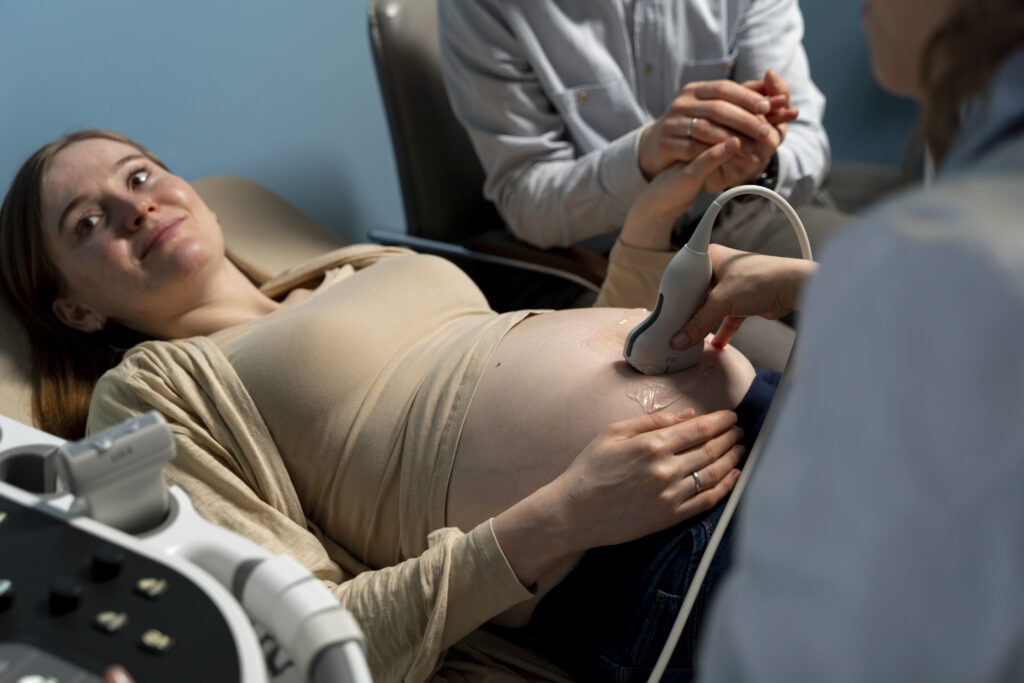Bringing a child into the world is a momentous event in a woman’s life. However, one major decision every expectant mother faces is choosing between natural birth and a Cesarean section (C-section). Each method comes with its unique advantages and challenges, making it essential to weigh your options carefully. In this comprehensive guide, we’ll delve into the pros and cons of both delivery methods, addressing concerns, misconceptions, and the factors influencing the decision. Whether you’re a first-time mom or exploring options for subsequent deliveries, understanding “Natural Birth vs. C-Section” is critical to making an informed choice.
1. Understanding Natural Birth
What is Natural Birth?
Natural birth refers to the vaginal delivery of a baby without surgical intervention. Typically, it involves minimal medical procedures, though pain management options like epidurals may still be used. Women often opt for natural birth to experience childbirth in the most organic way possible.
Key Features of Natural Birth
- Involves the vaginal delivery process.
- Can occur in a hospital, birthing center, or home setting.
- Offers flexibility for pain management techniques, including breathing exercises and medications.
Natural births have long been celebrated for their simplicity and minimal intervention, but is it the right choice for you? Let’s examine its pros and cons.

2. Exploring C-Section Delivery
What is a C-Section?
A Cesarean section, commonly known as a C-section, is a surgical procedure involving an incision in the mother’s abdomen and uterus to deliver the baby. It is typically planned or performed as an emergency procedure when natural delivery poses risks.
Common Reasons for C-Sections
- Complications like placenta previa or breech positioning.
- Prolonged labor.
- Health conditions of the mother or baby, such as diabetes or fetal distress.
C-sections have become increasingly common, offering a viable alternative for women unable to deliver naturally. But like natural birth, this method has its advantages and disadvantages.
3. Advantages: Natural Birth vs. C-Section
Natural Birth
- Quicker Recovery: Vaginal deliveries generally result in shorter hospital stays and quicker postpartum recovery.
- Lower Risk of Surgery-Related Complications: Avoids risks like infection or scarring associated with surgery.
- Immediate Skin-to-Skin Contact: Babies delivered naturally often have better opportunities for early bonding.
- Stronger Immune System for the Baby: Passage through the birth canal exposes the baby to beneficial bacteria, aiding immunity.
C-Section
- Planned Delivery Date: Offers convenience in scheduling the birth.
- Reduced Labor Pain: Avoids the prolonged discomfort of labor and delivery.
- Solution for Complicated Pregnancies: Addresses specific medical conditions, ensuring the safety of mother and baby.
- Lower Risk of Pelvic Floor Issues: C-sections may reduce risks like incontinence or pelvic organ prolapse later in life.

4. Challenges: Natural Birth vs. C-Section
Natural Birth
- Pain During Labor: Even with pain management techniques, labor can be physically and emotionally taxing.
- Risk of Complications: Prolonged or obstructed labor may require emergency interventions.
- Pelvic Injuries: Vaginal deliveries can occasionally result in tearing or pelvic muscle strain.
C-Section
- Longer Recovery Time: Surgical recovery involves more discomfort and a longer healing period.
- Higher Risk of Infections: The incision site is prone to complications like infection or hernias.
- Impact on Future Pregnancies: Multiple C-sections may increase risks in subsequent pregnancies.
5. Recovery: Natural Birth vs. C-Section
Vaginal delivery recovery is generally faster, but it’s not without its challenges. Adequate rest, balanced nutrition, and pelvic floor exercises can significantly aid recovery.
Post-C-section recovery is longer and involves restrictions on activities. Follow your doctor’s advice on managing incision care and gradually resuming physical activities.

Conclusion: Natural Birth vs. C-Section
The debate on “Natural Birth vs. C-section” boils down to personal preference, medical necessity, and informed choice. Both methods come with pros and cons, so it’s vital to prioritize your health and your baby’s well-being.
Choosing the best delivery method involves close collaboration with experienced obstetricians. Seek guidance from Lifeline Hospital, the best Obstetrics and Gynaecology Hospital in Kochi.
FAQs
1. Can I choose a C-section even if it’s not medically necessary?
Yes, but discuss the risks and benefits with your doctor before making a decision.
2. Is natural birth always better than a C-section?
Not necessarily. The best method depends on individual circumstances and health conditions.
3. How can I prepare for a natural birth?
Attend childbirth classes, practice relaxation techniques, and stay physically active during pregnancy.
4. Are there risks involved in multiple C-sections?
Yes, multiple C-sections can increase the risk of uterine rupture and adhesions.
5. How does Lifeline Hospital assist in childbirth decisions?
Lifeline Hospital in Kochi offers personalized care, ensuring the safest delivery method for you and your baby.

